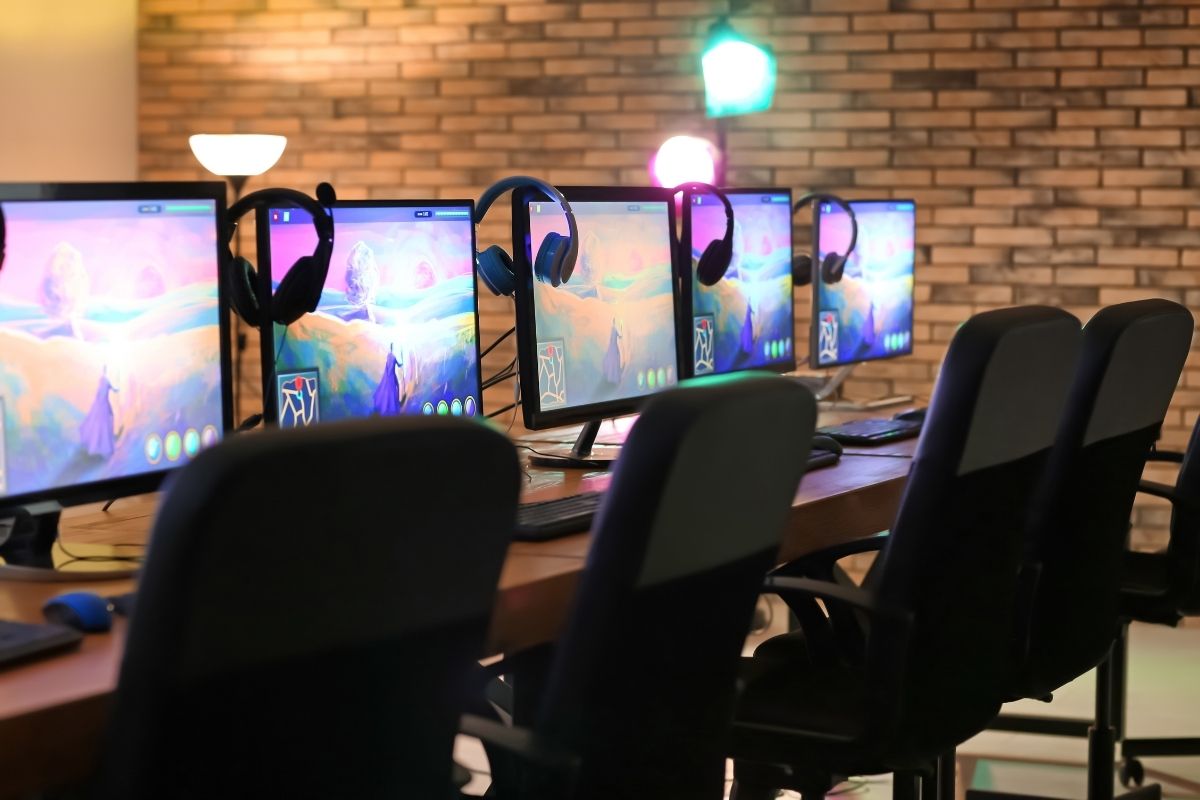Sometimes in sports management education, you may look at the ways in which social media has changed the sports world.
When you start to segment certain groups of individuals, you start to get a specific target market. And in having any given target market, you better understand your objectives. If I know that I’m going after any particular group of individuals, I can do my research on those individuals. I can start to understand their preferences, their needs, their wants, their goals as consumers.
You can start to understand how they would like to interact with the team, as well as what they don’t like. So, you can not only understand their likes and dislikes, but also have targeted marketing efforts that are specifically catered to that group.
What we’re seeing nowadays is that with the advent of social media and its growing popularity, a lot of sports teams are starting to utilize different social media mediums to communicate with different groups of fans. So, whereas the only social media in the past was Facebook, and Facebook would send out mass messages to a number of different audiences, now we have Facebook, we have Twitter, we have Snapchat, we have Instagram. We have a number of different mediums to reach each and every one of these demographics.
Studies will show, obviously, that certain demographics are on certain social media mediums more often than not. For instance, a younger generation is likely to be on Instagram, and the older generation is likely to be on Facebook. So in terms of segmenting the market, and in terms of reaching each and every individual market with genuine messages, you would therefore want to utilize the social media mediums that they are gravitating towards to send out your messages.
For example, if you wanted to speak to an older group, you would get on Facebook to send a message. However, if you wanted to speak to a younger group, not only would you get on Instagram to send a message, but you would also perhaps integrate a message in a different way. You would maybe try to do it in a way through Instagram that can speak towards that younger generation.
With Facebook, you’ll typically see somewhat bland messages. You won’t see too many particularly vibrant messages there that are given to fans. This is because with the older audience, although it’s not as if they don’t like vibrant messages, it’s just more that the slightly bland ones tend to be the messages that speak to them. So, it will typically be somewhat bland and general announcements, perhaps simply stating that tickets are on sale or playoff tickets are coming on sale. Just bland, generic announcements like that.
On the other hand, it’s very different when any given team is interacting with the consumer on Twitter or Instagram. On Twitter, for example, they wouldn’t just give these general messages or announcements. For instance, if it was the Golden State Warriors, instead of simply stating that tickets are on sale, they will perhaps tweet during a game that “things are lit right now” to kind of speak to that younger fan base.
Ultimately, it’s not even about the fact that they’re promoting a given promotion or ticket sale. It’s more about wanting to use these mediums to speak to the audience so that you can, in a way, be on the same level with them. And once you’re on that same level, you can start to interact with that consumer differently, and they start to eventually form what is somewhat of a trusting relationship.
To learn more about the way social media is changing the world of local, national, and global sports, as well as many more topics relating to sports management, think about giving online sports management education a try.


